Search Images
Browse Content (p. 707)
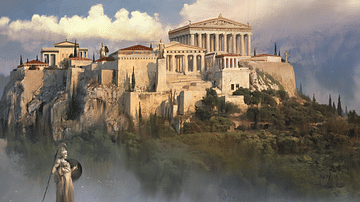
Image
Acropolis in Athens (Artist's Impression)
An artist's impression of what the Athenian Acropolis may have looked like at the time of classical Greece. From the game Old World.
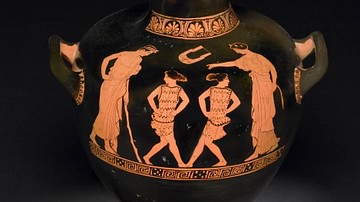
Image
Red-figured Hydria - Dance Training Session
Red-figured hydria (water-jar) displaying a dance-training (gymnopaida) session. Two young girls practice dancing under the supervision of a female and a male tutor. The girls wear short tunics (chiton) and take identical steps towards each...

Image
Battista Sforza by Piero della Francesca
A portrait of Battista Sforza (l. 1446-1472 CE), Duchess of Urbino, by the Italian Renaissance artist Piero della Francesca (d. 1492 CE). c. 1470 CE. (Uffizi, Florence)
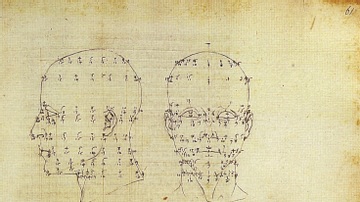
Image
Drawing Showing Mathematical Perspective Applied to the Human Head by Piero della Francesca
A drawing by the Italian Renaissance artist Piero della Francesca (c. 1420-1492 CE) showing his theories of mathematical perspective applied to representing the human form. From De prospectiva pingendi.
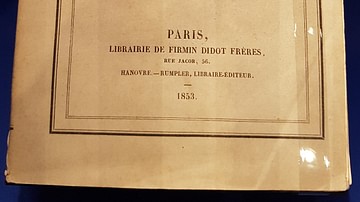
Image
An Essay on the Inequality of the Human Races
Original edition of Arthur de Gobineau's (1816-1882 CE) An Essay on the Inequality of the Human Races. 1853 CE. Library of the National Museum of Natural History, Paris.

Image
The Flagellation of Christ by Piero della Francesca
The painted panel the Flagellation of Christ by the Italian Renaissance artist Piero della Francesca (c. 1420-1492 CE). c. 1455 CE. (National Gallery of Marche, Urbino)
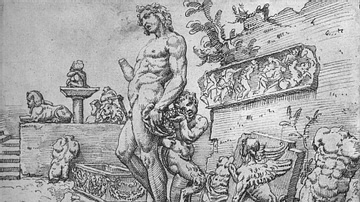
Image
Jacopo Galli's Garden in Rome
The pen and ink on paper drawing of Jacopo Galli's Garden in Rome by Martin van Heemskerck. Galli was a famous collector of antiquities during the Renaissance. c. 1532-5 CE. (Staatliche Museen, Berlin)
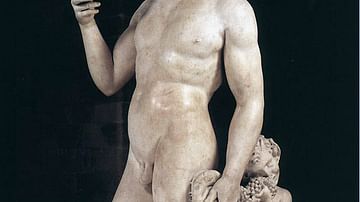
Image
Bacchus by Michelangelo
The marble statue of Bacchus by the Italian Renaissance artist Michelangelo (1475-1564 CE). c. 1497 CE. (Bargello, Florence)
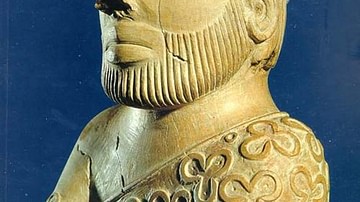
Image
Priest-king from Mohenjo-daro
Priest-king statue, Indus Valley Civilization. The statue is 17.5 cm high and carved from steatite a.k.a. soapstone. It was found in Mohenjo-daro in 1927 CE. It is on display in the National Museum, Karachi, Pakistan.
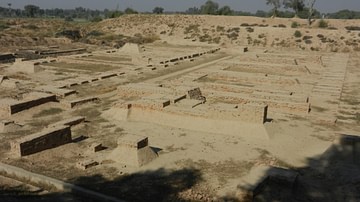
Image
Harappa
Archaeological site of Harappa in modern-day Pakistan, one of the best-known cities of the Indus Valley Civilization.